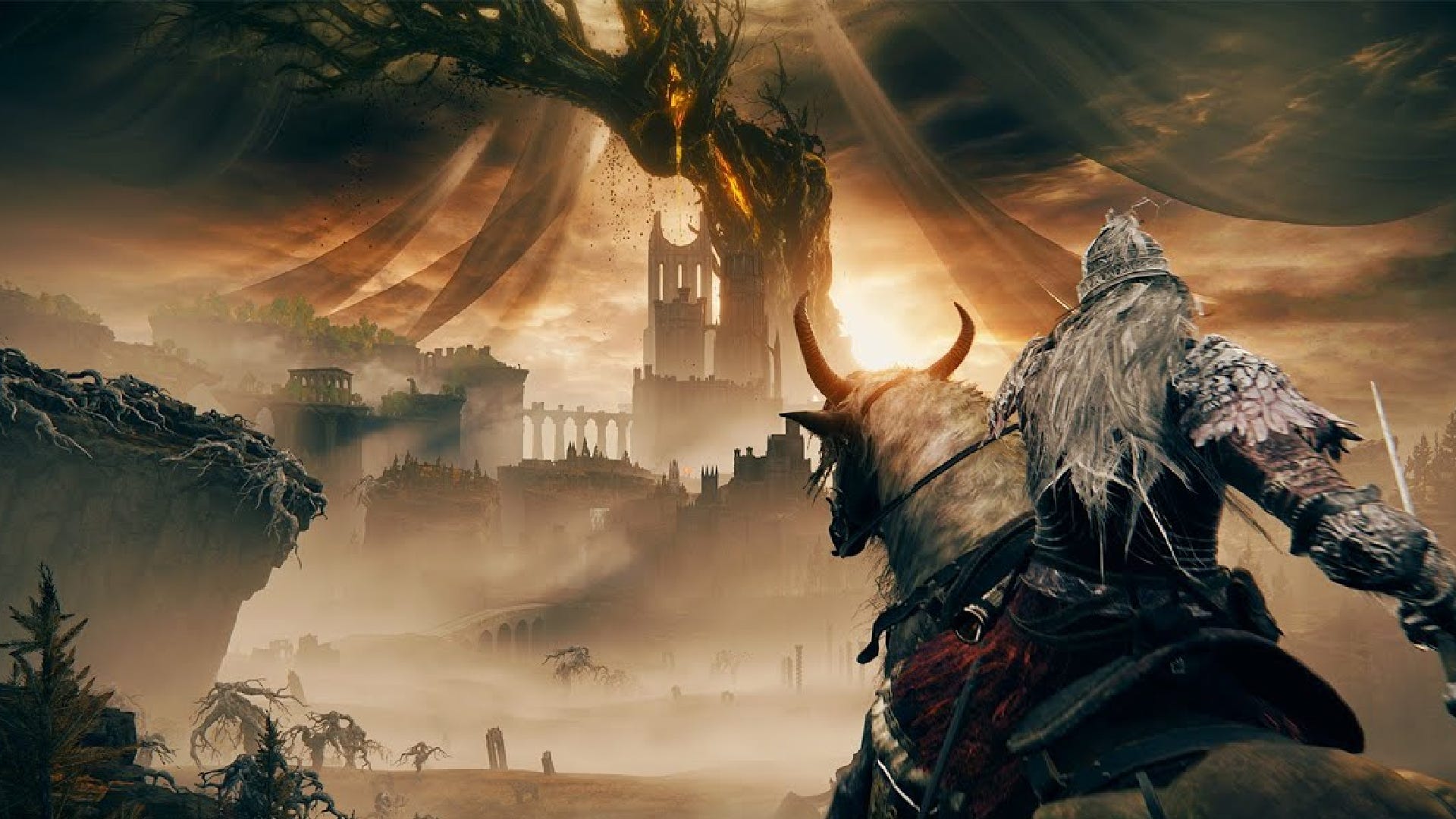Sunday is here, and we’ve rounded up some of the best deals you can find this weekend. Whether you’re searching for a new gaming headset or a new game to pick up on sale, there are plenty of options this weekend. The best deals for Sunday, June 30, include the Toshiba C350 75″ TV, HyperX CloudX Headset, Street Fighter 6, Suzume, Danganronpa Decadence, and more.
Toshiba C350 75″ TV for $469.99
It’s not too often that you can score a 75″ TV for under $500, but Amazon has the Toshiba C350 available for only $469.99 this weekend. While this isn’t an OLED TV, the C350 is a 4K TV that makes for an excellent outdoor TV. Plus, with the newly announced Xbox app coming to Fire TVs, you can play Xbox games straight from this TV if you’re an Xbox Game Pass Ultimate subscriber.
HyperX CloudX Headset for $29.99
The CloudX is officially licensed for Xbox Series X|S and Xbox One, so you can play worry-free knowing you’re getting a reliable headset. HyperX prioritized sound with this headset, with enhanced bass reproduction and clear highs, lows, and mids for all-around immersion. It’s worth noting that the CloudX can be used on PC, but you’ll need a splitter to get both microphone input and audio output due to the design of this headset.
Street Fighter 6 for $29.99
Street Fighter 6 is one of the most popular fighting games out there, with the second year of DLC just starting. M. Bison is officially out now, with an exciting new look and plenty of surprises with his moveset. Now is a great time to pick up SF6 and grab the Year 2 DLC as we look toward Terry Bogard, Mai Shiranui, and Elena.
Danganronpa Decadence for $29.99
Danganronpa Decadence packs in the main three titles in the Danganronpa franchise: Danganronpa: Trigger Happy Havoc Anniversary Edition, Danganronpa 2: Goodbye Despair Anniversary Edition, and Danganronpa V3: Killing Harmony Anniversary Edition. Additionally, Danganronpa S: Ultimate Summer Camp, a fourth game, is included in the package and features board game-style gameplay. If you’ve never played any of the Danganronpa titles, this is a great chance to pick the entire series up for just $30.
Suzume Blu-ray for $22.17
Suzume is the latest film from Makoto Shinkai, Director of Your Name, Weathering with You, and The Garden of Words. The film follows Suzume as she encounters Souta, a man who travels throughout the world to close doors. With gorgeous visuals and an intriguing story, Suzume is an easy recommendation for any anime fan – especially at this price.
Samba de Amigo for $14.99
Released just last year, you can pick up the latest Samba de Amigo rhythm title for just $14.99 on Nintendo Switch. This matches the previous low of the title. It’s been quite a while since the last entry, and this one packs a punch with dozens of new songs. Multiple DLC packs based on SEGA properties have already released for the game, including Like a Dragon, Persona 5 Royal, and Sonic.
Super Monkey Ball: Banana Blitz HD for $9.99
If you picked up Super Monkey Ball Banana Rumble earlier this week, you might be close to finished with the main levels if you’ve played quite a bit. For more Monkey Ball fun, this sweet discount on Banana Blitz HD is a great option! Over 100 levels are available to play through, with ten different multiplayer games you can start up with your friends. Join AiAi and the others and score at the top of the leaderboards!
Save 30% Off The Art of Spider-Man 2
This 256 page hardcover art book is perfect for any fan of Insomniac’s Spider-Man series. As a collaboration between Marvel Games and Dark Horse Books, The Art of Spider-Man 2 features never-before-seen concept art of the game, including looks at Miles and Peter, the villains, and some of the setpieces used in the game. If you’re interested in how the new suits were desgined, this is a great reference book with loads of commentary from designers and developers alike.
Pick Up the Dead Space Remake for $29.99
Dead Space launched last January, and this is a great time to pick up the game if you haven’t already. This remake features an impressive use of technology and a completely modernized combat system. Special attention has been put on the audio, with 3D Audio technology utilized for an immersive experience. You can expect loads of thrills and horror as you look to escape the stranded ship. The USG Ishimura has never looked better or been scarier.
Demon Slayer -Kimetsu No Yaiba- Sweep the Board! for $39.99
Sweep the Board! is the latest game from Demon Slayer – Kimetsu no Yaiba-, focusing on a fun, party-like title that is extremely similar to Mario Party. You play as Tanjiro, Nezuko, Zenitsu, Inosuke, and the rest of the Demon Slayer cast as they traverse through multiple party boards and complete minigames against each other.
ASUS ROG 65W Charger Dock for $29.99
Best Buy currently has the ROG 65W Charger Dock available for $29.99. This device is the perfect accessory if you’re looking to play with your handheld PC on the big screen. With its minimal size, you can easily pack it in a bag with no issues. This device works with both the ROG Ally and the Steam Deck, as it just requires a USB-C port to pass through both power and display.
Persona 3 Reload Collector’s Edition for $99.99
Persona 3 Reload launched earlier this year as an expanded and enhanced version of Persona 3 for modern platforms. The game features remade character assets and sprites, unique combat animations, updates to gameplay, and more. The Collector’s Edition features an art book, soundtrack, and an exclusive Aigis figure.



